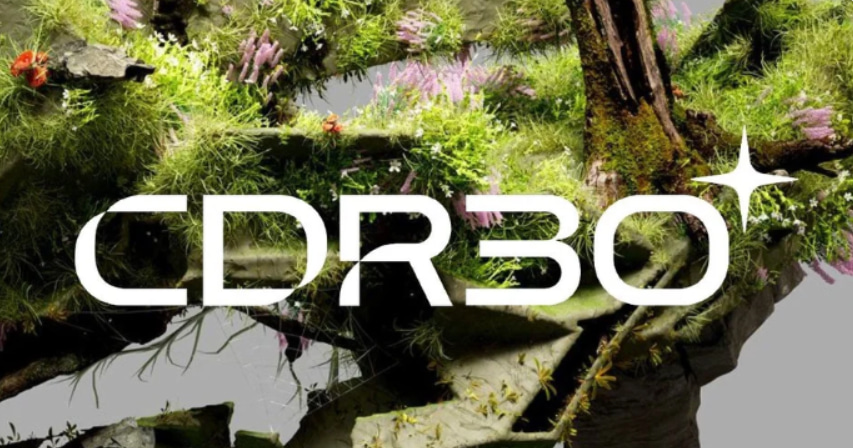
The UN climate talks in Belém, Brazil, will feature the first carbon removal pavilion. (Image: Negative Emissions Platform)
Carbon removal technology (CDR) is drawing growing international attention, with the upcoming UN Climate Change Conference (COP30) set to feature its first-ever pavilion dedicated to the field.
Meanwhile, the Integrity Council for the Voluntary Carbon Market (ICVCM) has approved a new batch of CDR methodologies, raising hopes for higher-quality carbon credits.
First CDR pavilion to highlight technology, policy, finance
The pavilion initiative, led by the Negative Emissions Platform (NEP), will be launched at COP30’s Blue Zone under the name CDR30. NEP will fund and manage the setup process, creating the UN climate talks’ first dedicated space for carbon removal.
According to the official website, CDR30 will be the first pavilion dedicated to carbon removal at a UN climate negotiation, creating a space for governments, civil society, and industry to discuss how to achieve climate goals. NEP Secretary-General Chris Sherwood said COP30 marks the moment carbon removal takes the global stage: “We are making history.”
The exhibition will showcase leading technologies such as Iceland’s direct air capture, Brazil’s biochar, and U.S. bio-oil, while also focusing on policy frameworks and financing opportunities.
NEP has also launched the Coalition for CDR30, which includes members such as Isometric, ClimeFi, 44.01, and Mati Carbon, to help raise funds for the pavilion.
6 new CDR methodologies gain approval
A report led by Oxford University highlights that to meet the Paris Agreement’s 1.5°C target, the world must remove 7 to 9 billion tons of CO₂ annually by 2050. Current levels, however, are below 50 million tons per year, with lack of recognized methodologies a key barrier.
On Nov. 1, ICVCM announced six newly approved methodologies:
- Golden Standard: Carbon Sequestration Through Accelerated Carbonation of Concrete Aggregate (v1.0)
- Isometric: Biomass Geological Storage (v1.0-1.1)
- Isometric: Bio-oil Geological Storage (v1.0-1.1)
- Isometric: Subsurface Biomass Carbon Removal and Storage (v1.0)
- Isometric: Biogenic Carbon Capture and Storage (v1.1)
- Isometric: Direct Air Capture (v1.1)
ICVCM noted that these methods are relatively new, so they have issued around 30,000 carbon credits, with strong growth expected. For example, 24 Isometric projects could generate 3.2 million credits annually, while Golden Standard projects may issue over 9,000 credits per year with 15 projects.
Currently, CDR credits make up less than 1% of the voluntary carbon market. But with policy shifts — such as the UK and EU considering integrating CDR into their ETS within the next five years — alongside potential financing opportunities for the Global South, the market share is expected to rise.
Source: Negative Emission Platform, ICVCM, Carbon Herald
Read more: Microsoft and Google are buying in: Over 60% of biochar contracts locked by corporates
.jpg)



